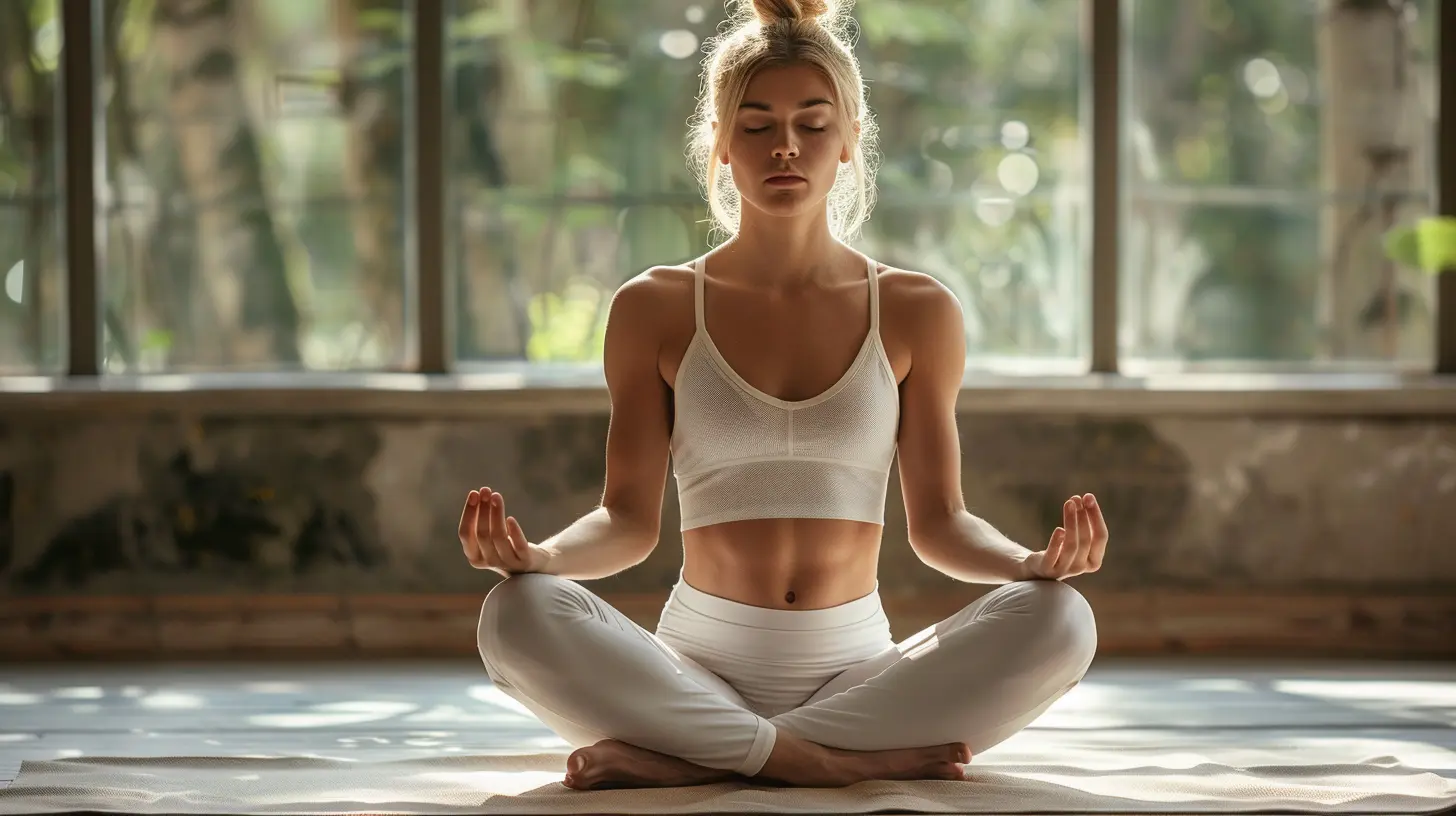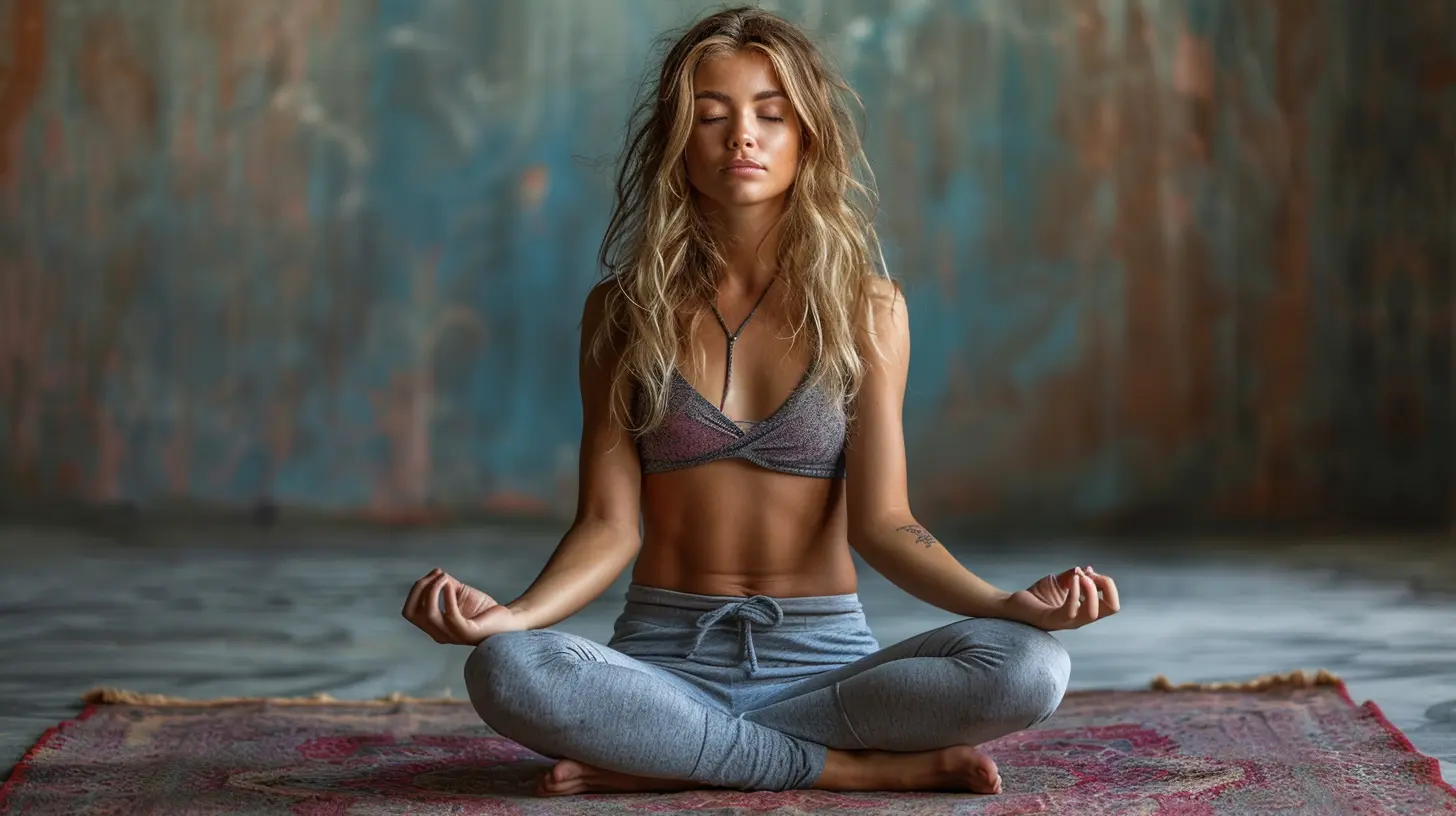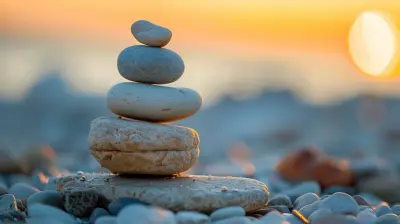Yin Yoga: Embracing Stillness and Deep Stretching
23 June 2025
Introduction
Ever feel like life is moving too fast? Like you're constantly rushing from one thing to another without a moment to breathe? If that sounds familiar, Yin Yoga might be exactly what you need.
Unlike the fast-paced, sweat-inducing workouts we're often drawn to, Yin Yoga is all about slowing down. It's about surrendering to stillness, breathing deeply, and stretching beyond what we thought was possible. This practice isn't just good for the body—it’s medicine for the mind and soul too.
So, let’s dive into the calming world of Yin Yoga and see how it can transform your wellbeing.

What Is Yin Yoga?
Yin Yoga is a slow-paced, meditative style of yoga that targets deep connective tissues like ligaments, joints, and fascia rather than focusing on muscles. Each pose is held for an extended period—usually between 3 to 5 minutes, sometimes even longer.Unlike other yoga styles that emphasize movement and flow, Yin Yoga encourages stillness. It’s about settling into a pose, breathing through discomfort, and allowing gravity to do the work. Rather than pushing or straining, the goal is to let go and allow the body to open naturally.
The Philosophy Behind Yin Yoga
Yin Yoga is deeply rooted in traditional Chinese medicine and the concept of yin and yang. In simple terms:- Yang represents activity, heat, and strength—like vinyasa or power yoga.
- Yin represents stillness, coolness, and surrender—exactly what Yin Yoga embodies.
By practicing Yin Yoga, we balance the yang energy that dominates our daily lives. It’s a chance to slow down, turn inward, and cultivate patience.

The Benefits of Yin Yoga
If you’ve never tried Yin Yoga, you might be wondering, “Why should I hold a stretch for five minutes? What’s the point?” Well, the benefits speak for themselves.1. Increases Flexibility and Mobility
Holding poses for extended periods helps lengthen connective tissues, making them stronger and more elastic. Over time, this leads to better flexibility and improved joint mobility, reducing stiffness and discomfort.2. Enhances Mindfulness and Relaxation
Since Yin Yoga requires holding poses for minutes at a time, your mind has no choice but to slow down. It’s a meditative practice that encourages deep breathing, helping to calm the nervous system and reduce stress.3. Boosts Circulation and Energy Flow
According to traditional Chinese medicine, Yin Yoga helps stimulate energy pathways (meridians) in the body, improving circulation and balancing energy flow. This can aid digestion, enhance immunity, and even improve sleep.4. Supports Emotional Release
Ever find yourself unexpectedly emotional during a deep stretch? That’s because we hold tension and emotions in our fascia—the connective tissue surrounding muscles and organs. Yin Yoga allows these emotions to surface and be released in a safe, gentle way.5. Complements Other Workouts
If you’re into high-intensity workouts like running or weightlifting, Yin Yoga is an excellent complement. It prevents injuries by keeping joints supple and reducing muscle tightness, ensuring you stay strong and mobile.
Key Yin Yoga Poses and How to Practice Them
Yin Yoga poses are fairly simple, but holding them for extended periods is what makes them effective. The key? Find your edge, stay still, and hold the pose. Let’s look at some foundational Yin Yoga poses:1. Butterfly Pose (Baddha Konasana)
- Sit with the soles of your feet together and knees falling open.- Lean forward slightly while keeping a relaxed spine.
- Hold for 3-5 minutes.
This pose gently stretches the hips, lower back, and inner thighs while encouraging deep relaxation.
2. Dragon Pose (Low Lunge)
- Step one foot forward into a deep lunge, letting your back leg extend.- Keep your hands on the ground or rest on your forearms for a deeper stretch.
- Hold for 3-5 minutes per side.
Dragon Pose deeply opens the hip flexors, an area where a lot of tension—especially from sitting—is stored.
3. Caterpillar Pose (Seated Forward Fold)
- Sit with your legs straight out in front of you.- Slowly fold forward, allowing your spine to round naturally.
- Hold for 3-5 minutes.
This pose stretches the spine and hamstrings while calming the mind.
4. Sphinx Pose
- Lie on your stomach and prop yourself up on your forearms.- Keep your elbows under your shoulders and relax your lower body.
- Hold for 3-5 minutes.
Sphinx Pose is a gentle backbend that helps open the heart and improve spinal flexibility.
5. Reclining Twists
- Lie on your back and bring your knees to one side while keeping your shoulders grounded.- Hold for 3-5 minutes on each side.
Twists are incredibly beneficial for spinal health and digestion.

Tips for a Successful Yin Yoga Practice
If you’re new to Yin Yoga, here are some tips to help you get started:1. Use Props When Needed
Bolsters, blankets, and blocks can provide support and make poses more comfortable. Don't hesitate to use them!2. Find Your Edge, Then Hold
You shouldn't feel pain, but you should feel a deep stretch. The key is to find your "edge"—the point where you're challenged but not in discomfort.3. Breathe and Let Go
Your breath is your best tool. Deep, slow breathing helps you relax into the stretch, making the experience more meditative.4. Be Patient with Yourself
Yin Yoga isn’t about forcing your body into extreme flexibility. It’s about surrendering to the present moment. Some days, you’ll feel more open than others—and that’s okay.5. Practice Regularly
Even 20-30 minutes a few times a week can make a difference. Consistency is key when it comes to improving flexibility and relaxation.Final Thoughts
Yin Yoga teaches us the power of slowing down. In a world that glorifies constant movement and productivity, taking time to be still can feel radical—but it’s also necessary.By embracing Yin Yoga, you’re giving yourself the gift of deep stretching, relaxation, and inner peace. So, roll out your mat, take a deep breath, and let gravity do the work. Your mind and body will thank you.
all images in this post were generated using AI tools
Category:
YogaAuthor:

Madeline Howard
Discussion
rate this article
2 comments
Octavia Vasquez
Stillness: where flexibility and tranquility do yoga!
October 10, 2025 at 4:24 AM

Madeline Howard
Thank you! Stillness truly embodies the essence of yin yoga, allowing for deep connection and relaxation.
Zain McCall
Yin Yoga is my favorite way to unwind! The deep stretches and stillness remind me to slow down and embrace the moment.
June 27, 2025 at 4:03 AM

Madeline Howard
I'm glad to hear that! Yin Yoga truly offers a wonderful opportunity to slow down and be present.


